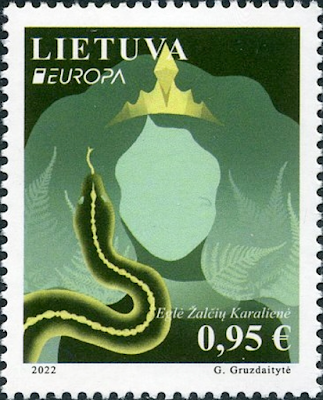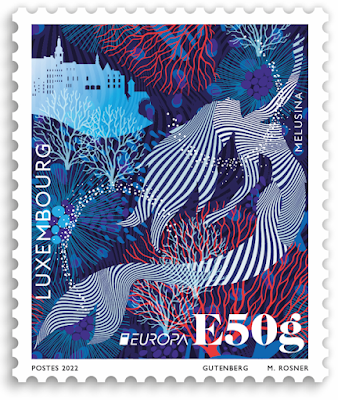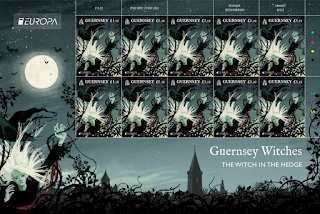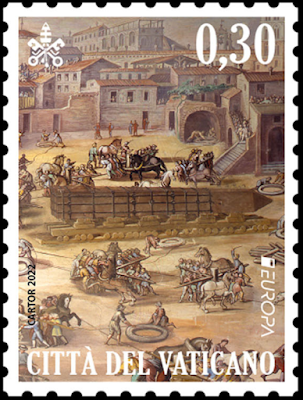 Cyprus
CyprusDate of Issue: 6th May 2022
two stamps (0.34 & 0.64 €)
both stamps are also issued in one booklet of 8 stamps (4 of each) - stamps from the booklet aren't perforated on one side
The Secret Treasure of Regina - Regina, namely the Queen, is a mysterious person mentioned in several myths and legends of Cyprus.
Some of these legends are connected to the castle of Vufavendo, in which, according to tradition, Regina hid her treasures in one of its 101 rooms.
One of the legends states that every night on which the Resurrection of Christ was celebrated, a secret door would open for a short period of time through which someone could gain access to Regina's room containing the treasures.
On one night of the Resurrection of Christ, a shepherd entered the room, but the door closed before he could collect the treasures.
The shepherd had a pomegranate with him and by eating a piece every day he was kept alive until the following year when on the night of the Resurrection the secret door opened and he gained his freedom.
The legend of Digenis Akritas - Digenis Akritas was the most courageous of all the Akrites, who guarded the borders of Byzantium. They caused fear and terror to the Saracens who came from the mountains of Central Asia.
The giant stone that dominates the sea and is called "Petra tou Romiou", is associated with the legend of Digenes Akritas, from whom the area took its name.According to legend, Digenis Akritas, the legendary Byzantine hero, during the 7th - 10th century, in order to repel the Saracen Arabs, who were preparing to plunder the area, grabbed onto the mountain range of Kyrenia by his one hand as a result of which it took the shape and the name Pentadaktylos (meaning five fingers) and with his other hand lifted a huge rock (the Stone of Romios – Petra tou Romiou) and threw it into the sea against the Saracens who left fleeing.






























